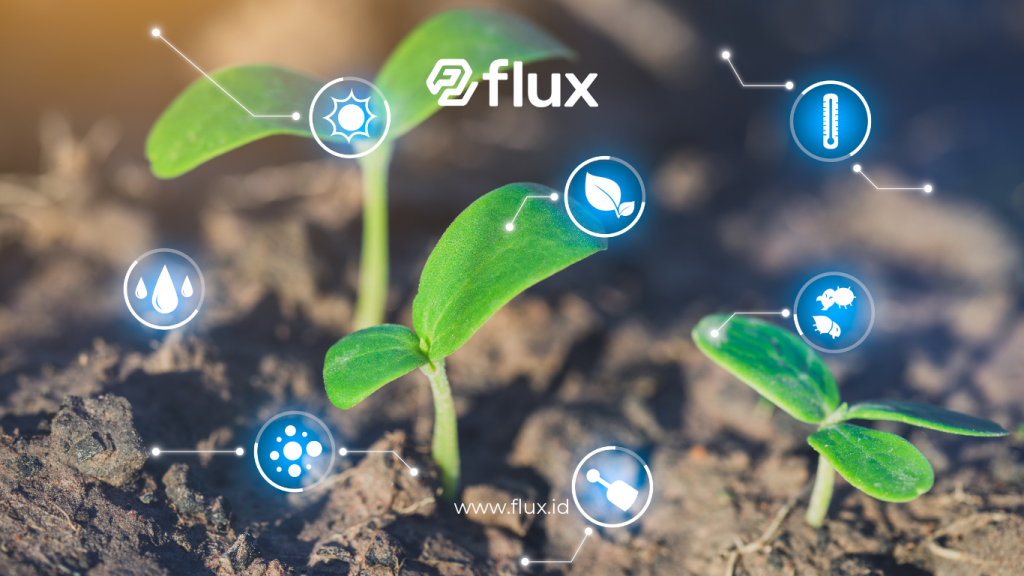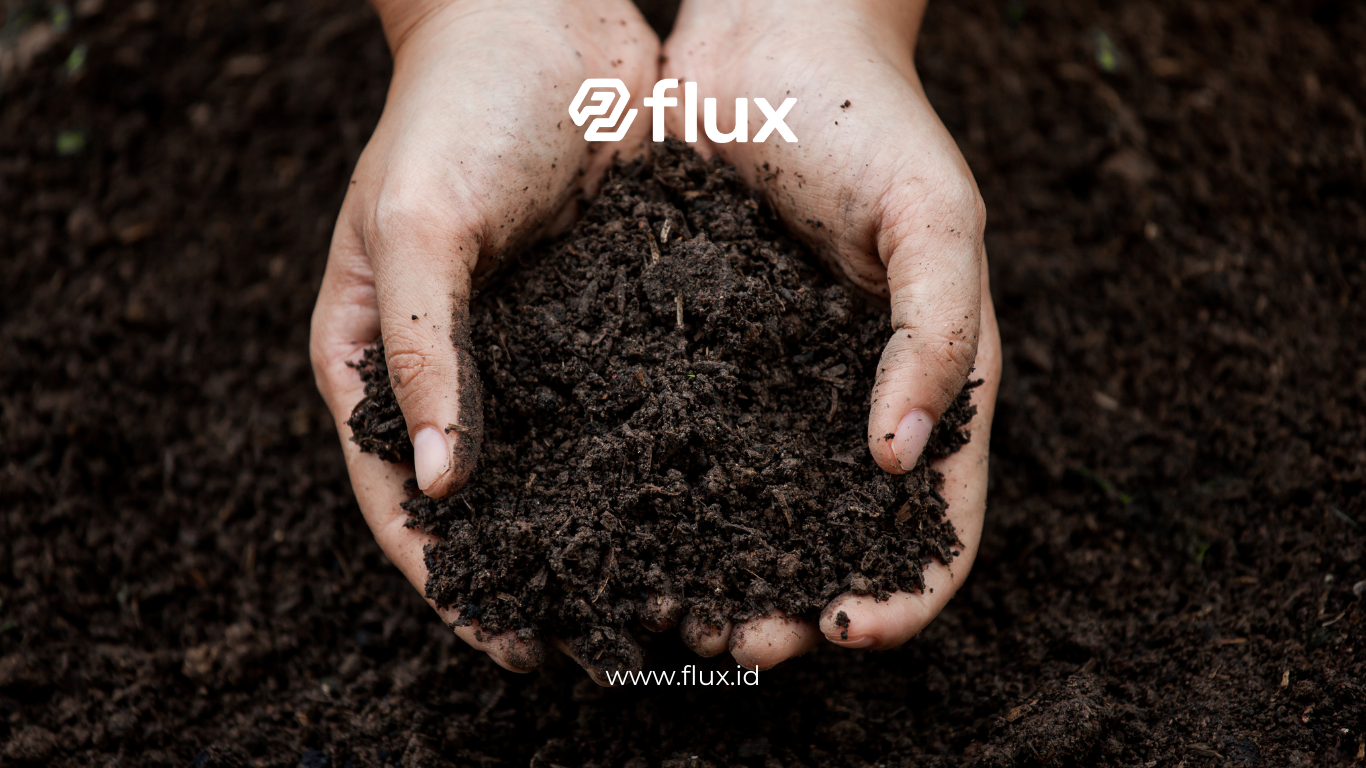Don't miss our holiday offer - 20% OFF!
In modern agriculture, efficiency and productivity are top priorities. The Internet of Things (IoT) technology offers innovative solutions for soil nutrition monitoring, enabling farmers to make data-driven decisions. This article explores how IoT transforms agricultural practices, particularly in soil nutrition management.
Contents
The Role of IoT Technology in Agriculture

Read More: IoT in Agriculture: Productivity and Sustainability
1. Understanding IoT Technology in Agriculture
IoT refers to a network of interconnected devices that collect, analyze, and share data. In agriculture, these devices include soil sensors, drones, and automated irrigation systems.
2. Key Benefits of IoT in Soil Nutrition Monitoring
- Real-Time Monitoring: IoT sensors provide continuous tracking of soil conditions such as pH, moisture, and nutrient levels.
- Fertilizer Efficiency: Accurate data enables precise fertilizer use, reducing waste and environmental impact.
- Enhanced Crop Yields: Well-managed nutrition improves both the quality and quantity of crop yields.
3. IoT Devices for Soil Nutrition Monitoring
Key devices include:
- Soil Nutrient Sensors: Measure nitrogen, phosphorus, and potassium levels.
- Moisture Sensors: Help monitor soil water requirements.
- Data Analysis Platforms: Applications that process sensor data into actionable recommendations.
Implementing IoT in Agriculture

Read More: Optimizing Agriculture with Soil Health Monitoring Sensors
1. Steps to Start Using IoT
- Identify Needs: Determine soil parameters to monitor.
- Select Suitable Devices: Use sensors tailored to the crop type and soil condition.
- System Integration: Ensure devices are connected to a data analysis platform.
2. Challenges and Solutions
- Initial Costs: IoT solutions often require significant investment. However, subsidies and grants are available.
- Internet Connectivity: Rural areas often face connectivity issues. LoRa networks or satellite systems can serve as alternatives.
- Technology Complexity: Training farmers to use IoT devices is crucial.
Case Study: IoT Implementation in Agriculture

Read More: IoT in Agriculture – Reducing Waste and Boosting Productivity
Success in Modern Farming with IoT
A farm in Indonesia increased rice yields by 20% using IoT sensors. By monitoring nitrogen levels in real-time, they provided precise fertilizer applications based on crop needs.
The Role of Data in Nutrition Management
IoT device data is used to create soil nutrition maps, helping farmers address specific requirements for different field areas.
Conclusion
IoT technology unlocks significant potential in modern agriculture, especially in soil nutrition monitoring. With benefits such as efficiency, cost reduction, and yield improvement, IoT stands as a relevant solution for the future of farming. Despite challenges, adopting this technology will bring profound positive impacts to the agricultural sector.





